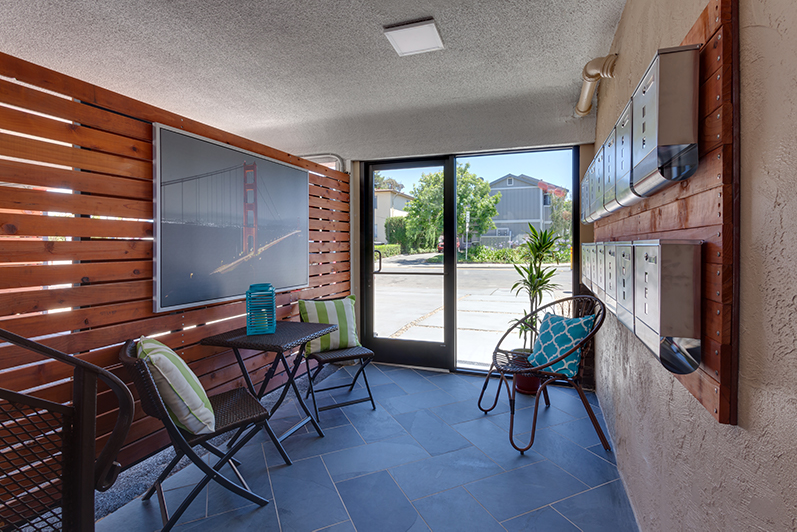

Depreciation deductions allow a portion of the property costs classified as real property to be reclassified as personal property, with lower depreciable lives that increase the owner’s depreciation deduction. Real property is typically depreciated over 39 or 27.5 years compared to reclassified property which may be depreciated over 3,5,7 and 15 years.
Much of the legal landscape concerning the cost segregation system began with the case Hospital Corporation of America v. Commissioner in 1997. In it, the Tax Court permitted the HCA to use cost segregation with respect to a multitude of environments, which paved the way for other businesses. Subsequently, the IRS has published relatively strict methodology for implementing a study.
Accounting professionals and CPA’s should advise clients or employers buying real estate to divide assets into four categories:
(Information from Journalofaccountacy.com)
-Personal Property
Taxpayers normally depreciate this property using a five or seven year recovery period and the double-declining method. Within permissible bounds, there is a huge tax-savings premium for valuing this property as high as possible. This category includes items such as furniture, carpeting, certain fixtures and window treatments.
-Land improvements
Like the first category, these have a relatively short useful like-15 years- and are subject to an accelerated depreciation method, namely the 150% declining-balance method. Again, within permissible bounds, purchasers should maximize the values they attribute to this category, which ordinarily includes items such as sidewalks, fences and docks.
-Buildings (Which are further broken down into component parts)
As in the first and second categories, buyers should attempt to maximize a building’s value; any residual value will be allocated to nondepreciable land. Although a building’s separate components all are considered part of the building itself, there is merit to valuing and depreciating each component separately. This way, if one of the building’s components becomes worthless, the taxpayer can write it off immediately.
-Land
Whatever amount of the purchase price is not accounted for in the three prior categories is allocated to land. Land valued in the residuary fashion may have a relatively low or insignificant value, but proper documentation normally will protect a taxpayer from an IRS challenge.
It should be noted that the IRS’ methodology should be followed as closely as possible, and even then, it is important to be familiar with the legal background, which happens to be an area of significant controversy. For obvious reasons, differences in perspective about the relative value of certain components will vary greatly between the IRS and the person paying taxes, and as a result there has been a litany of court cases centering around the subject.
Several prominent cases in particular has affected the limits of what can and can’t be classified. For example in Peco Foods, it shows that a cost segregation study’s benefits are eliminated when a purchase agreement has wording that contradicts the study.
(From American Institute of CPAs)
“The Tax Court found that Peco Foods had misinterpreted Sec. 1060. The court explained that, although generally the allocation of the purchase price in an applicable asset acquisition would be governed by Sec. 388(b)(5), a written agreement that includes an allocation of the purchase price supersedes the allocation. Therefore, if the written agreements were enforceable, the taxpayer could not modify the allocation schedules from the purchase agreements.
The AmeriSouth Case also played an extremely important role in shaping the legal landscape. AmeriSouth owned an apartment complex and commissioned a cost segregation study. It then attempted to depreciate more than 1,000 buildings components over 5 and 15 year spans, instead of the 27.5 years applicable to rental real estate under the modified accelerated cost recovery system. The Tax Court held that most of those components were structural components, integral to the buildings’ operation and maintenance as apartment buildings- and therefore they had to be depreciated over the life of the buildings.”
Although the legal landscape might be difficult to navigate, professional help is easily available. The value of cost segregation is going to depend on multiple variables, so it is going to vary from business to business- but it is important to know how it is done, and whether or not you can benefit from it.
This entry was posted in Uncategorized · Tagged with



